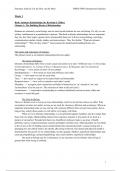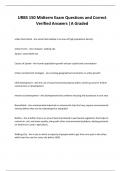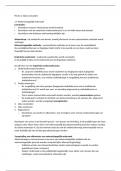Samenvatting
Summary ISE Intimate Relationships - Interpersonal relations (PSB3E-SP05)
- Instelling
- Rijksuniversiteit Groningen (RuG)
a highly detailed summary of all the relevant chapters of the interpersonal relationship classes and exams
[Meer zien]







